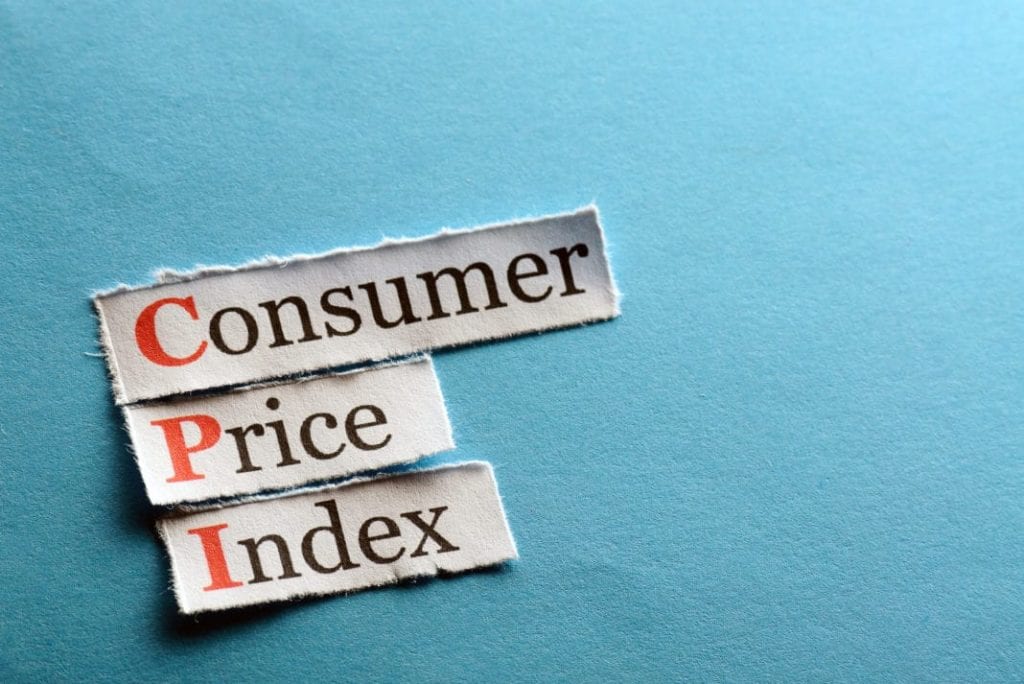
The desire to accumulate physical objects seems to be inherent, present in the little girl who collects Barbie dolls or the late-night TV host who keeps 126 classic cars and motorcycles in a specially built garage. For some, the motive to search for and acquire a specific item is the sheer fun of the activity. Others seek mementos that stir memories of the past. Fewer still acquire rarities for investment, hoping for enormous profits over time.
Some collectibles are only available to the super-rich due to the cost of acquiring and keeping their purchases safe and secure. What was once available only to kings and queens is now owned by captains of industry, successful financiers, and entertainment moguls. Though individual collections can be worth millions of dollars, well beyond the financial capability of 99% of humanity, they remain fascinating to the majority. Exhibitions of a rare collection draw thousands of visitors, each eager to view the individual pieces up close and personal.
For a look at 10 of the most noteworthy types of collections in the world, check out the following list:


